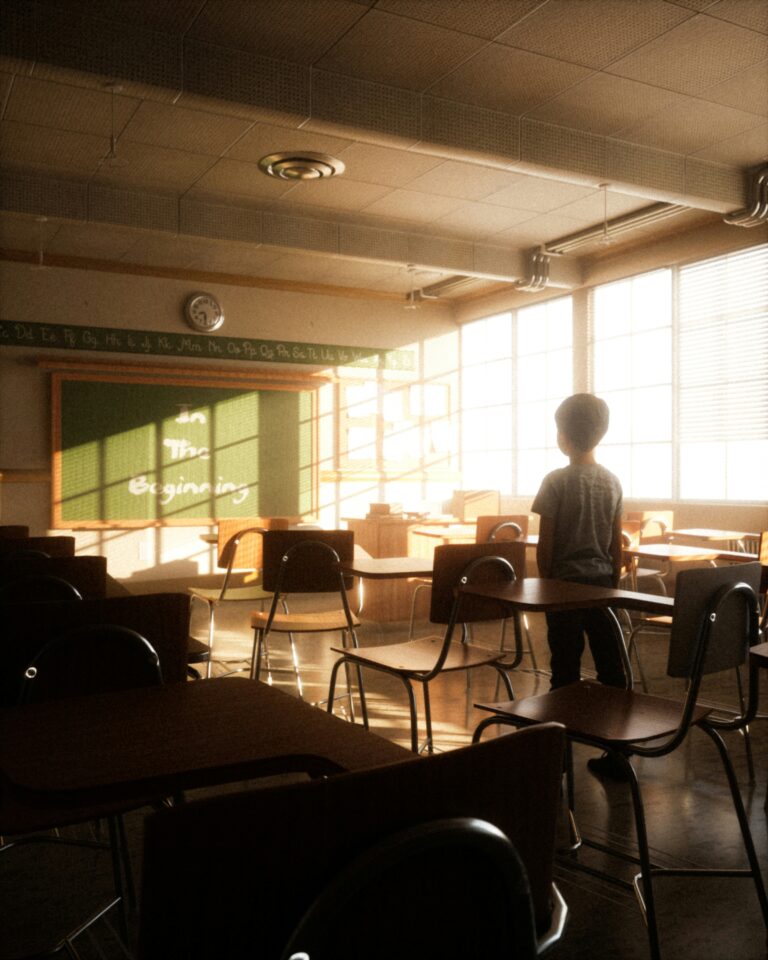
Latest posts
Laying a Strong Foundation for a Lifetime with Autism
By Kristi | Published | No Comments
When you think about it, we spend a great deal of our lives committed to building. Whether we’re building relationships, building a home, building our career or building a future. Regardless of what we are building, a strong foundation is imperative if it is to stand the test of time. When it comes to raising a child with autism, the construction process is a lengthy one. There are numerous considerations as well as unknowns regarding the framework. From child to adult, every brick has its place. As the general contractor, we must decide what cornerstones are most important and where the bricks are laid to ensure a foundation that can support a future home for autism.
As parents or caregivers, we are the general contractors from day one. We research an overwhelming amount of possibilities to achieve a blueprint worthy of our loved ones. Not unlike building a home which presents itself with an exhausting number of choices and decisions, the same can be said as we plan and build for life with autism. We drill through everything erecting walls, doors, windows in the form of numerous interventions, diet, therapies, education, waiver supports, SSI, SSDI, life skills and self help strategies, just to name a few. As a parent who has been building for over 25 years, and still building, I have some thoughts on the construction front.
I know when we receive the diagnosis, everything changes, but that doesn’t mean we need to do everything now. You have time to build, in fact you have a lifetime. Yes, I know every expert and website you read hammers the point of early intervention. But consider that your child will spend most of their life as an adult, so building in just one area leaves the foundation weaker in other places. Yes, early is important, but equally important are the latter years, so don’t forget them in your plans.
When you look ahead and are selecting your bricks, choose not only for the child, but also the adult they will become. Decide on the cornerstones of the foundation and build from there. The life I have always envisioned for Jonathan was one where he would be happy, healthy, fulfilled and independent as possible. So as I selected each brick, I would ask myself, how or where does this support the cornerstones of his forever house. Let’s face it, a building of that magnitude makes LegoLand pale by comparison. So it’s important we nail down those important choices. It will guide you through each phase from floor to ceiling, walls to windows. Because as you construct, the house and the individual eventually become one.
So with each new undertaking, from his home program to elementary school all the way through to vocational, I hand selected each brick. Did Jonathan need to know how to count money or make change or was the brick to teach him to use his debit card? What educational goals would support his cornerstones? What life and leisure skills would serve him long after he was out of school? Based on Jonathan’s likes and dislikes, what might be important considerations for a trade or vocational skill down the road? What safety measures did we need to teach both at home and in the community? How will steps taken now ensure the best possible outcomes for Jonathan when he becomes an adult? I realize at the age of 5, 8 or even 10 it may seem a long way off, but I speak from experience when I say, before you know it, the roof is going up and you realize they are moving into adulthood.
The future home of autism will be as unique as the person it was designed for and that’s exactly how it should be. You don’t want a replica of another, because it was built for someone else. Each of us constructs the house we feel best suits the needs of our loved one. The one that’s most inviting, loving, caring, nurturing, and supporting of the individual’s needs throughout life. So as you’re hammering away, remember each house is uniquely their own for a very good reason– you know what to build.
When you know exactly what matters most, you end up building the home of your dreams for the most important occupant.






Leave a Reply